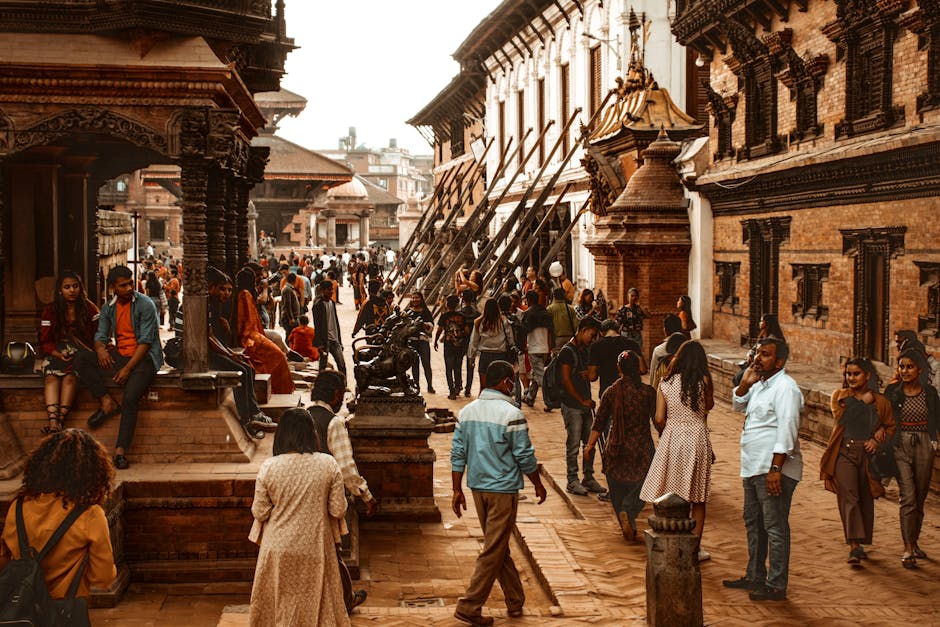Overview of the Incident
On Monday, protests against Nepal's ban on most social media platforms turned violent in Kathmandu, the capital city. Police opened fire on demonstrators, resulting in 19 deaths and 150 injuries as of Monday afternoon.
Background of the Protests
The protests were sparked by a government ban on 26 prominent social media platforms and messaging apps, including Facebook, Instagram, WhatsApp, and YouTube. The ban was imposed because these platforms had missed a deadline to register under new regulations. Critics of the ban argue that it could curb freedom of expression, affect tourism, and cut communication with the many Nepalis who work abroad.
Details of the Clashes
Tens of thousands of people rallied in Kathmandu against the social media ban. The protests, led largely by young people, quickly escalated into clashes with police. In an effort to disperse the crowds, police used tear gas, rubber bullets, and live ammunition.
Violence at the Parliament Complex
Some protesters forced their way into the parliament complex in Kathmandu by breaking through a barricade. They set fire to an ambulance and hurled objects at lines of riot police guarding the legislature.
Casualties and Government Response
The official casualty count included 19 dead and 150 injured. The government has faced mounting criticism for its handling of the protests.
Reasons Behind the Protests
Protesters are not only demanding that the government lift its social media ban but also calling for action against corruption and nepotism, which they allege are rampant in Nepal.
Expert Insights
International Implications
The ban and the subsequent protests have raised concerns about the implications for freedom of expression and communication in Nepal, particularly for the many Nepalis who rely on social media to stay in touch with family and friends abroad.
Conclusion
The situation in Nepal remains volatile as the government and protesters continue to clash over the social media ban and issues of corruption. The international community is watching closely, concerned about the implications for human rights and freedom of expression in the country.
Additional Context
The ban on social media platforms is part of a broader regulatory effort by the Nepalese government to control online content. The government has argued that the ban is necessary to prevent the spread of misinformation and to protect national security.
Historical Context
Nepal has a history of protests and unrest, often sparked by issues related to governance, corruption, and human rights. The current protests are part of a larger trend of civic engagement and demands for accountability in the country.
Future Developments
The situation in Nepal is likely to continue evolving as the government and protesters engage in dialogue. The international community will be watching closely to see how the situation unfolds and what implications it may have for human rights and freedom of expression in the country.
